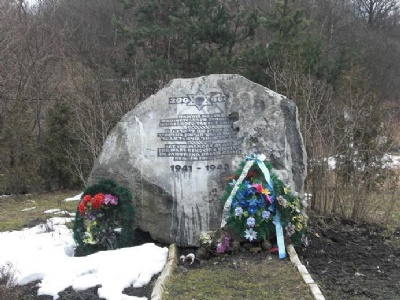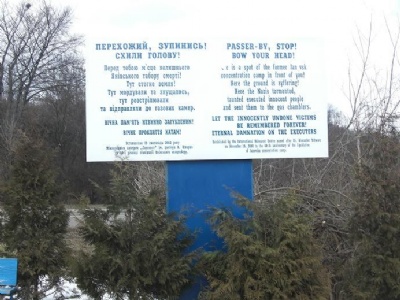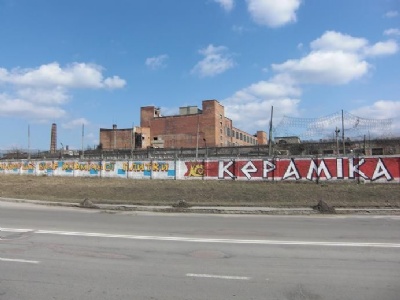Janowska
Before the Second World War, Lviv belonged to an area of Poland called Galicia. Lviv was first occupied by the Soviet Union in September 1939 in accordance with the unofficial additional protocol of the Molotov-Ribbentroppact between Germany and Soviet Union. When Germany attacked Soviet Union in June 1941, Lviv was occupied by the germans after only a few days. Galicia and Lviv then became part of the General Government. Anti-Jewish laws were imposed to Jews immediately after the occupation in newly occupied areas. In September 1941, the Nazis established a factory in the northeastern parts of the city next to a road called Janowska. The factory became part of the German armaments industry controlled by the SS (Deutsche Ausruestungswerke, DAW). Jews were used as slave labor and, next to the factory, a prisoner camp was set up in October 1941. In addition to providing the factory with slave labor, the camp was also used as a transit camp for Polish Jews from nearby villages to be deported to the extermination camps, mainly Belzec.
The prisoners were forced to undergo regular selection of those deemed fit for work and those not fit. For the latter they were killed, either shot at Janowska or sent to Belzec and killed in the gas chambers. During Belzec peak periods, Jews waiting deportation were instead killed in a ravine named Piaski and located just outside the camp. Especially in the summer and autumn of 1942, thousands of Jews were deported from the ghetto in Lviv to Janowska where they were murdered in Piaski. Janowska, like Auschwitz and Majdanek, became a combined concentration and extermination camp. The evacuation and liquidation of Janowska began in November 1943. Already in June 1943 the cremation of 50,000 Jews murdered in Piaski begun. This gruesome misson fell on Sonderkommando 1005 who used prisoners from Janowska to dig up corpses and cremate them over open fires. In November 1943, a failed insurgency was carried out among the prisoners where a few managed to escape, but most were captured and murdered. Janowska and Lviv were liberated by the Red Army in August 1944.
Current status: Demolished with monument (2009).
Location: 49°51'31.07"N 23°59'11.83"E
Get there: Car.
Follow up in books: Arad, Yitzhak: Holocaust in the Soviet union (2009).






Where Janowska was located there is 2009 a terrible prison in decline where tuberculosis is common among prisoners. Possibly the wall surrounding parts of the prison is a camp remnant. But what is most remarkable is that Piaski, where 50,000 Jews were murdered, is completely decayed, neglected and vandalized. There is rubbish, debris and even burnt-out wrecks next to the ravine. The monument at Piaski is an old statue that is falling apart and is probably placed there by a private person. I have never visited a more neglected place than Piaski. Other similar sites such as Paneriai, Rumbula, Bikernieki, Drobitsky Yar, Babi Yar, Skede, Pogulanka and others have been preserved in a much more dignified manner given its history. 50,000 Jews were murdered in Piaski and deserve to be honored and remembered in a more dignified way than they wer in 2009. Even in central Lviv, the presence of anti-Semitic graffiti and vandalism is more frequent than I have experienced elsewhere in Eastern Europe. But no one seems to reflect on this, not least the guide who showed me around.